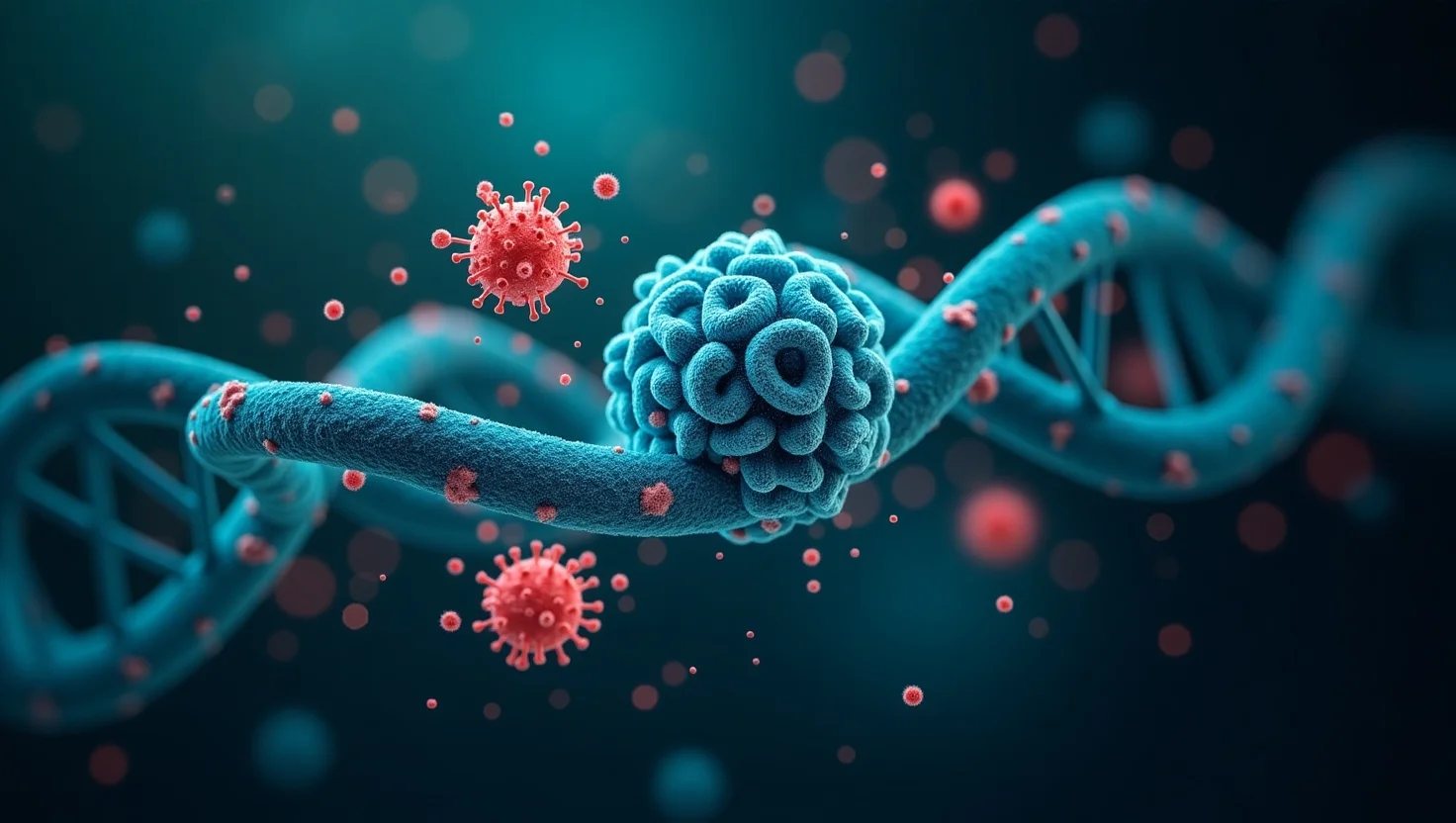
Application of Artificial Intelligence in Healthcare (e.g. Cancer Detection)
5/3/2025
The financial commitment to healthcare research and development (R&D) is staggering, reflecting the global effort to combat diseases, improve patient outcomes, and extend lifespans. A significant portion of this investment is directed toward cancer research. It is estimated that cancer drug research alone will reach approximately $307 billion by 2026, underscoring the massive financial resources allocated to this field. This substantial investment highlights the critical importance of cancer research in the healthcare sector.
In the United States, annual healthcare spending exceeds $4 trillion, a figure that represents a substantial portion of the nation's economy. However, a concerning aspect of this expenditure is the estimated 25% that is lost to waste. This waste stems from multiple sources, including administrative overhead, pricing inefficiencies, and suboptimal care delivery practices. The potential for improvement and more efficient resource allocation within the healthcare system is vast. The Union Budget 2025 in India emphasizes cancer care, medical education, and innovation, allocating ₹20,000 crore (approximately $2.4 billion USD) for Research Development &Innovation in the private sector. Furthermore, the budget reflects a forward-looking investment strategy with an increased budget allocation for the Department of Biotechnology, rising from ₹2,460.13 crore in 2024 to ₹3,446.64 crore in 2025, an almost 40% increase.
Use of AI in Cancer Detection
Artificial Intelligence (AI) has been a game changer the cancer diagnosis industry with both the established players and budding startups pushing new ideas on detection of different types of cancer by application of AI is various ways from image processing to choosing accurate and timely medical practitioner. Artificial Intelligence and its associated technologies including machine learning, deep learning, generative learning are not a hype but have proven record of better accuracy and pick-up signals never-ever heard before. Considering the huge potential of AI in complex biological processes, every big and small player is leveraging the technology bring in life-saving innovations and once still sticking to old traditional systems will have a hard time sustaining in near future as AI based detection technologies.
In the United States, annual healthcare spending exceeds $4 trillion, a figure that represents a substantial portion of the nation's economy. However, a concerning aspect of this expenditure is the estimated 25% that is lost to waste. This waste stems from multiple sources, including administrative overhead, pricing inefficiencies, and suboptimal care delivery practices. The potential for improvement and more efficient resource allocation within the healthcare system is vast. The Union Budget 2025 in India emphasizes cancer care, medical education, and innovation, allocating ₹20,000 crore (approximately $2.4 billion USD) for Research Development &Innovation in the private sector. Furthermore, the budget reflects a forward-looking investment strategy with an increased budget allocation for the Department of Biotechnology, rising from ₹2,460.13 crore in 2024 to ₹3,446.64 crore in 2025, an almost 40% increase.
Use of AI in Cancer Detection
Artificial Intelligence (AI) has been a game changer the cancer diagnosis industry with both the established players and budding startups pushing new ideas on detection of different types of cancer by application of AI is various ways from image processing to choosing accurate and timely medical practitioner. Artificial Intelligence and its associated technologies including machine learning, deep learning, generative learning are not a hype but have proven record of better accuracy and pick-up signals never-ever heard before. Considering the huge potential of AI in complex biological processes, every big and small player is leveraging the technology bring in life-saving innovations and once still sticking to old traditional systems will have a hard time sustaining in near future as AI based detection technologies.
| Aspect | Artificial Intelligence (AI) | Machine Learning (ML) | Deep Learning (DL) | Neural Networks (NN) |
|---|---|---|---|---|
| Definition | Broad field focused on creating intelligent systems that can mimic human behavior or perform tasks autonomously. | Subset of AI that enables systems to learn and improve from data without being explicitly programmed. | Subset of ML that uses complex neural networks with many layers to learn from vast amounts of data. | A computational model inspired by the human brain, forming the backbone of Deep Learning. |
| Core Goal | Simulate human intelligence to solve complex tasks or make decisions. | Enable machines to learn from data to make predictions or decisions. | Use large datasets and deep neural networks to learn hierarchical data representations. | Mimic the structure and function of the brain to recognize patterns and solve tasks. |
| Types of Learning | Can include rule-based systems, search algorithms, and logic. | Primarily uses supervised, unsupervised, and reinforcement learning. | Mainly relies on supervised and unsupervised learning but operates with deep layers. | Can be used for supervised, unsupervised, and reinforcement learning, but is most often applied in deep learning models. |